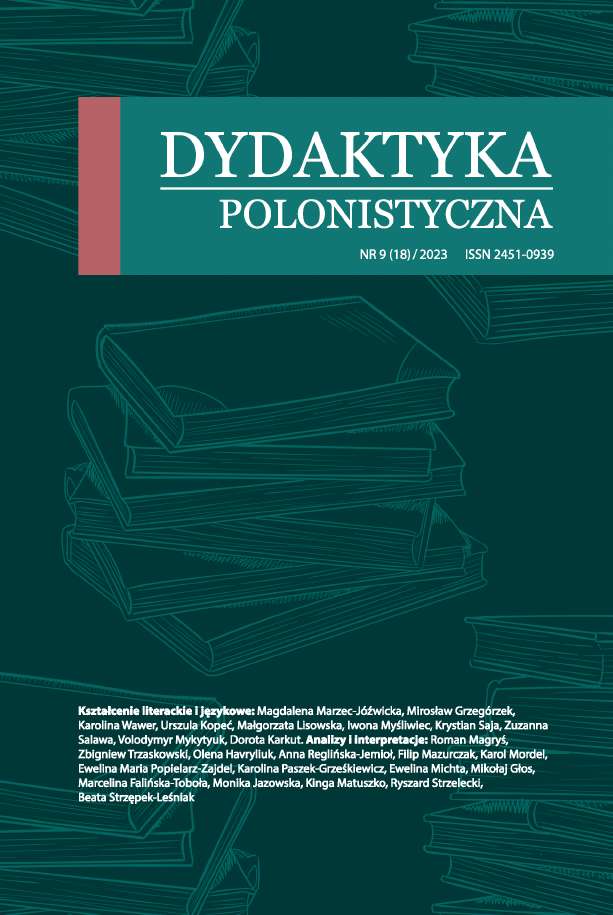Rozszerzenie faktu historycznego w literaturze kontrfaktycznej i jego wartości dydaktyczne
DOI:
https://doi.org/10.15584/dyd.pol.18.2023.6Słowa kluczowe:
literatura kontrfaktyczna, historiografia, fakt historyczny, dydaktykaAbstrakt
Jednym z głównych celów historii kontrfaktycznych jest pełniejsze odczytywanie złożonych procesów dziejowych. Z pomocą literatury kontrfaktycznej budowany jest pełniejszy obraz przeszłości, a dopełnienie wiedzy o dziejach bieżących następuje za sprawą zrozumienia możliwych alternatyw. Przestrzeń historii alternatywnych buduje „nowe fakty”, ukazując wizje ich istnienia w procesie dziejowym. Innymi słowy, fakt historyczny, traktowany jako punkt przełamania, stanowi moment zwrotny w historii, w którym za sprawą literatury kontrfaktycznej realizuje się odmienny scenariusz dziejów. Historyk jest zobowiązany połączyć szereg faktów w ciąg przyczynowo-skutkowy, zespolony jednością wewnętrznej konieczności. Autor historii alternatywnej stwarza świat nowy, odrealniony, a jednocześnie prawdziwy, logiczny, mający początek w fakcie historycznym, zaś koniec osadzony w fikcji lub spekulacji, z konkluzją: „tak mogło być naprawdę”. Tak rozumiane historie alternatywne otwierają nowe możliwości w zakresie dydaktyki. Narracja historyczna osadzona w ramach powieści staje się atrakcyjniejszą formą przekazu dla młodego pokolenia. Ukazanie alternatywnych wariantów dziejowych poszerza nie tylko przestrzeń wyobraźni, ale przede wszystkim abstrakcyjnego i logicznego myślenia, z poszanowaniem historii.


